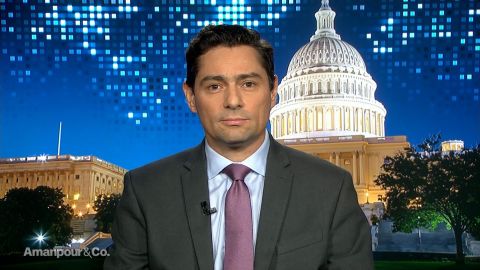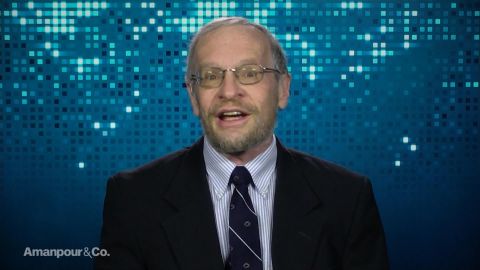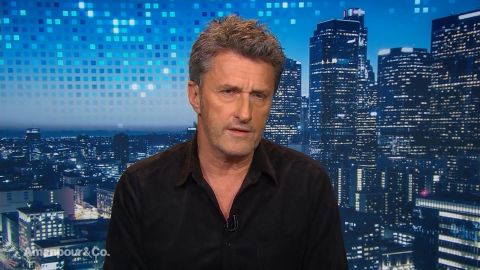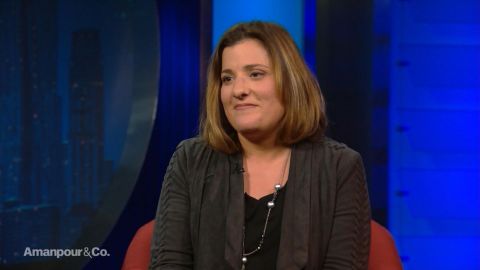Read Transcript EXPAND
CHRISTIANE AMANPOUR: Tell us the science behind what’s happening. Is this just another typical Chicago cold but just a little colder?
RICHARD ALLEY, CLIMATE SCIENTIST, PENNSYLVANIA STATE UNIVERSITY: Essentially, this is weather. And weather happens and weather is always happen and weather always will happen. This is actually just a little warmer than it would be if we humans hadn’t been changing things.
AMANPOUR: So, tell me that what do you mean? Because, you know, everybody is saying — and let me just play — I have to now, read you President Trump’s tweet just a couple of days ago, on Monday, “In the beautiful Midwest, wind chill temperatures are reaching minus 60 degrees, the coldest ever recorded. In coming days, expected to get even colder. People can’t last outside even for a minute. What the hell is going on with global warming? Please come back fast. We need you.” Is he right? Is — what is going on?
ALLEY: Right. So, if you look at the big picture today, the Antarctic is warmer than natural, the Southern Hemisphere is warmer, the tropics are warmer, the Northern Hemisphere is warmer, the Arctic is warmer and we’re freezing our buttons off, So, there is weather and the weather has been moved up to a higher temperature and it’s been moved up to a higher temperature because we burn fossil fuels and release CO2.
AMANPOUR: Right.
ALLEY: The fascinating question is whether we made it more likely that this air that should be up in the Arctic is now sitting over Chicago.
AMANPOUR: OK. So, that’s what I was going to ask you about, because we have heard some meteorologists saying precisely that. That the vortex, this polar vortex, which maybe you can explain for us, has been exacerbated by rising temperatures. And apparently, the only other comparably cold place right now is the other part of the polar vortex in Eastern Siberia.
ALLEY: Yes. So, normally, the winds go screaming around the pole and the cold stays locked up inside and then, we’re a little bit warmer down here. And sometimes that weakens, it breaks up, it comes wandering down. There have always been cold snaps, there will be cold snaps. But when you raise the temperature of the Earth, it doesn’t just warm everything equally. It also changes other things, it changes where is the sea ice, it changes where the snow is and where the snow isn’t. And the storms and the jet stream listen to those as well. And so, when you start caning things in addition to that temperature, you can change how much of the time the coldest locked up in the north and how much of the time it comes out. And there is a fair amount of evidence that as we warm the world this will change the frequency and the nature of the outbreaks. So, there may be a little bit of a human thumbprint on this coming down. That is still in discussion,
About This Episode EXPAND
Christiane Amanpour speaks with Carlos Vecchio to discuss the struggle for democracy in Venezuela; CNN Correspondent Ryan Young and climate scientist Richard Alley about the extreme temperatures in the Midwest; and director Pawel Pawlikowski about his new film “Cold War.” Hari Sreenivasan speaks with Sociology Professor Sara Goldrick-Rab about the struggles students face.
LEARN MORE



